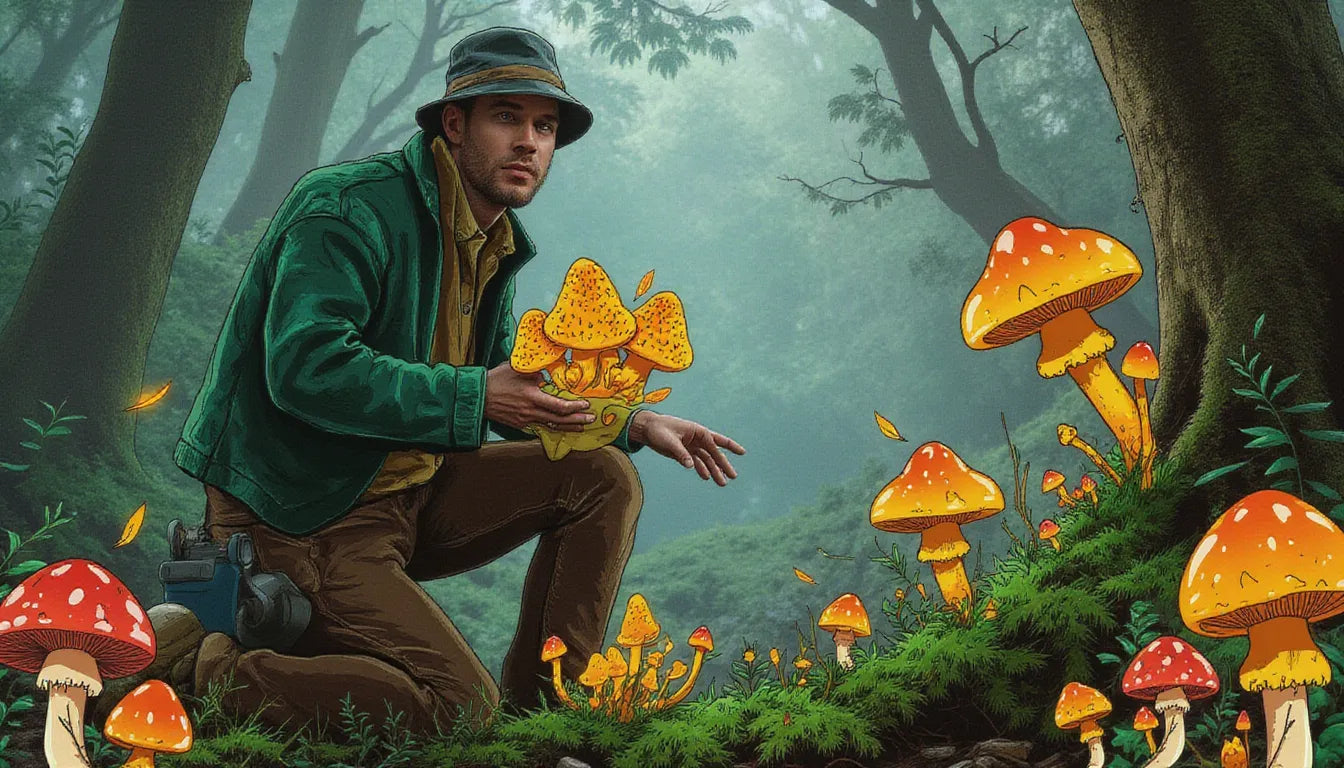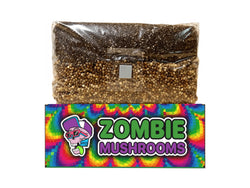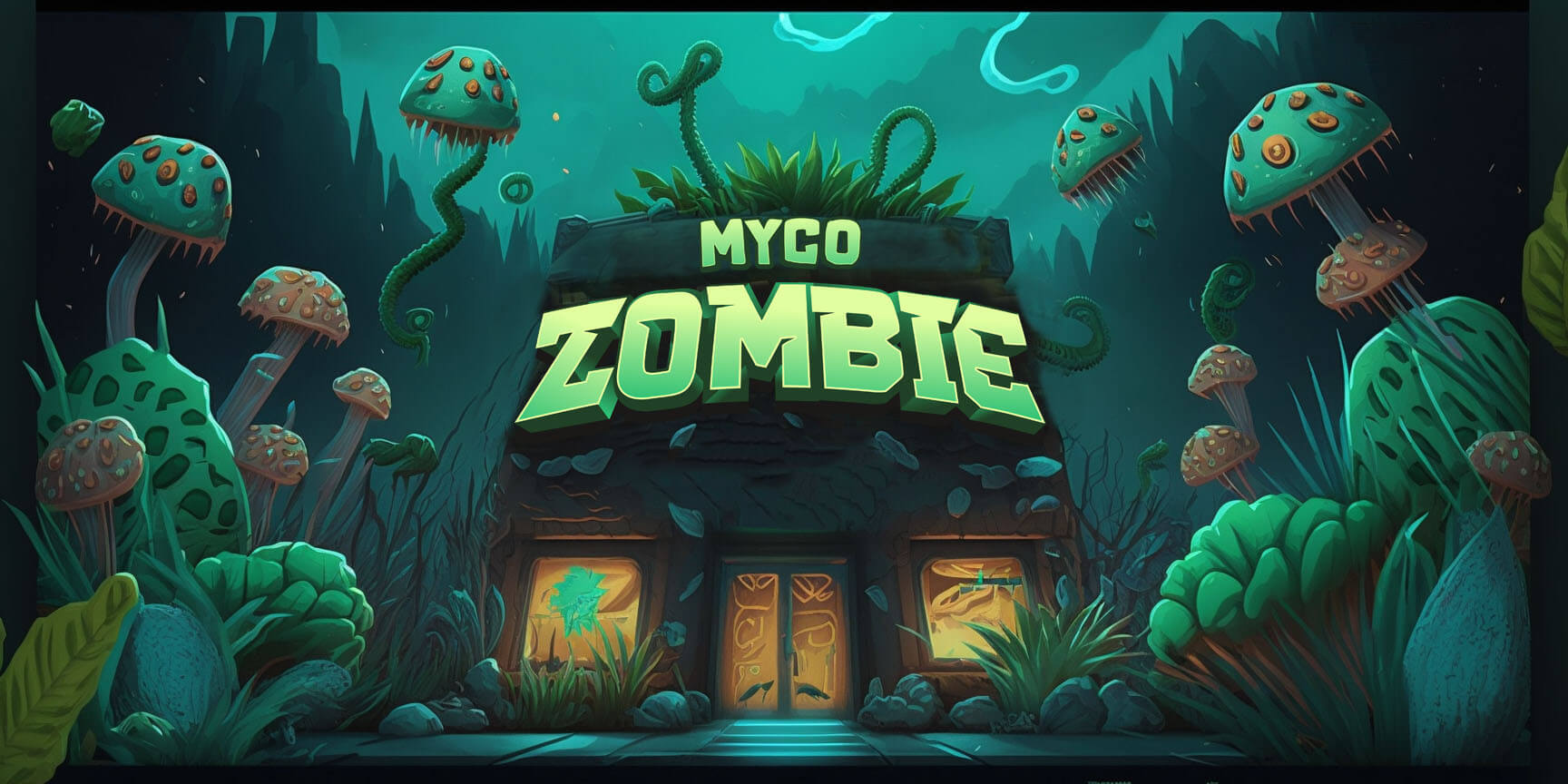⬇️ Prefer to listen instead? ⬇️
- Morels grow well in moist soil near hardwood trees. Knowing where they like to grow helps you find or grow them.
- True morels are completely hollow inside. Dangerous lookalikes, like false morels, have dense or cottony insides.
- Morels often grow a lot after forest fires, especially in places where pine trees recently burned.
- Wild morels can cost up to $100 a pound. This is because they are hard to find and only grow for a short time each year.
- People trying to grow morels need to copy the conditions of either decaying matter or tree root connections. But it often takes years to succeed.
Morel mushrooms are hard to find, but they are very delicious. People like them a lot because they taste nutty and earthy, and they look unique. Foragers, home cooks, and chefs all want them. If you are hunting them in the woods or trying to grow them in your yard, there is a lot to learn. This guide tells you how to spot them, what they need to grow, and how you might grow them at home.

Why Morels Are So Liked in Foraging and Cooking
People who cook and look for food in nature think morels are special. They look like a honeycomb and have a texture that soaks up sauces and flavors well. The flavor is nutty, earthy, and savory. People say it is deep and meaty, like umami. Not many other mushrooms taste like this.
Morels are great in fancy meals. You can cook them simply in butter, or use them in dishes like rice or sauces for meat. They make a regular meal taste special. French cooks really like them. Also, chefs who like to use food that is in season and found in nature use them a lot.
Morels are also good for you. They have:
- Vitamin D (even more when dried or in sunlight), which helps bones stay healthy
- Iron, which helps carry oxygen in your blood
- Antioxidants like selenium and manganese
- Lots of fiber, which helps your stomach work
- Few calories, so they are good if you watch your weight
They are hard to find, and this makes people want them more. Morels grow for just a few weeks each spring. You cannot grow them easily on farms like other mushrooms. They only grow for a short time. It is also hard to grow them, and finding them takes a lot of work. This is why they cost so much. Wild morels often sell for $30 to $100 a pound. Dried ones cost even more.

Spotting True Morel Mushrooms in the Wild
It is very important to know how to spot a real morel. This is not just so you can enjoy eating it, but so you stay safe. Mistaking a true morel for a toxic lookalike can have dangerous results. But it gets easier to tell what a real morel is with practice and by knowing what to look for.
Here is what to look for in true morels (Morchella):
- Shaped like a cone or egg: The top is pointed, like a thimble or a pine cone with holes.
- Deep holes and lines: The pattern looks like a honeycomb, and the lines go straight up and down.
- Top is joined to the stem: The top is fully attached to the stem. There is no part hanging loose.
- Fully hollow inside: If you cut the mushroom in half the long way, the whole thing, from top to bottom, is empty inside.
Here are some common types of true morels:
- Yellow Morel (Morchella esculenta): Light to golden tan with wide lines. Often found in wet woods and old apple farms.
- Black Morel (Morchella elata): Has darker lines and usually shows up earlier in the season.
- Half-Free Morel (Morchella punctipes): Has a top that is only partly attached. Still check the shape carefully to tell it apart from false morels.
Note that just looking at the color can trick you. Color changes depending on how old it is and where it is growing. Look at how it is built instead. This is the best way to be sure what it is.

Morel Mushroom Lookalikes and False Morels
Knowing the difference between true morels and false ones can keep you safe. Several kinds that look alike can trick even people who have been looking for a long time. The main ones are called false morels. They are mostly from a group called Gyromitra.
Gyromitra (False Morels):
- Look like: The tops look like a brain, or they are bumpy and wrinkled. They are folded in a messy way, not like a honeycomb.
- Inside: Often have spaces or feel like cotton inside. They are not hollow.
- How the top is attached: It often hangs loose or sticks out past the stem. True morels have tops joined tight to the stem.
- How bad they are: They have chemicals called gyromitrin and hydrazine. These are harmful. Cooking them does not always get rid of the bad stuff.
Eating false morels can cause you to feel sick, throw up, get dizzy, hurt your liver, have fits, or even die. The gyromitrin chemical is tricky. How sick it makes you depends on the type of mushroom and how your own body reacts.
Here is a list to check you have a true morel:
- Top is fully attached to the stem—it does not hang loose or stick out.
- Mushroom is completely empty inside from top to bottom when you cut it the long way.
- Top has lines and holes going up and down, not folds that look like a brain.
- There is no cottony or thick stuff inside the stem or top.
As a rule: If you are not sure, do not eat it. It is even better to learn from people who know a lot about finding mushrooms or take a trusted class.

Where to Find Morels: Best Places and Tree Links
Finding morel mushrooms is about the place they grow and the time of year. These mushrooms like certain places. They also grow with dead tree roots or live tree roots they help.
Where morels grow well:
-
Woods with hardwood trees, especially:
- Elms (most if they recently died from Dutch Elm disease)
- Ash trees
- Poplars
- Apple orchards (mostly old ones or ones not used much)
- Sycamore trees
- Places burned or changed by people: Especially areas where wild fires happened last year.
- Edges of open spaces, paths, and rivers: Morels like places where one type of nature meets another.
- Old places where trees were cut: Digging up the ground can help them grow.
What the weather needs to be like for morels to grow:
- How warm the soil should be: 50°F to 60°F (use a soil thermometer to check)
- How warm the air should be: Daytime 60 to 70°F, nighttime 40 to 50°F
- How wet it should be: Not too much rain, then warm days. This helps them grow best.
- Time of year: Late March to early June. This changes based on how far north or south you are, and how high up you are.
In the United States, the best places to look are in the Midwest (Michigan, Indiana, Illinois), the Appalachians (Kentucky, West Virginia), and the Pacific Northwest (Oregon, Washington). As the season goes on, morels usually grow higher up. In early spring, they are lower down in valleys. Later, they are on hills.
How the Morel Mushroom Lives
To find or grow morels well, you need to know how they live. These mushrooms are very careful. They react to small changes in how warm or wet it is, and how they work with nature.
Here are the steps in the morel life cycle:
-
Spore Release
Grown morels send out spores into the air. Wind or insects carry them. These spores are like seeds for the mushroom. -
Mycelium Growth
Spores that land in a good spot start to grow thin threads in the soil. These threads are called mycelium. They work like the plant's roots underground. -
Sclerotia Forming
When things are not right for growing, the mushroom forms small balls underground. These are called sclerotia. They hold energy and can live through bad weather or times of year. -
Growing the Mushroom
When the temperature and wetness are right, and something else happens (like a fire or a tree dying), the sclerotia grow into mushrooms. These are the morels you find.
This can take more than one year. This is why it is so hard to grow morels whenever you want.

Can You Grow Morel Mushrooms at Home?
Growing morels at home is hard to do, but more people are finding ways. For a long time, people thought you could almost never grow them. This made mushroom experts and people trying at home stuck. But new ideas about making the soil ready, using mushroom spawn, and controlling the small area around them have helped people make progress.
Why they are hard to grow:
- They need either saprotrophic conditions (like growing on rotting stuff) or work in a close way with living trees (mycorrhizal relationship).
- They need the weather and timing to be just right for that time of year. It is hard to copy this weather.
- Nature makes them grow when certain things happen around them. Many of these things are hard to copy.
But if you are patient, you can grow morels at home using outdoor beds and stuff you buy, like grain spawn.
There are two main ways to try:
-
Saprotrophic (Growing Outside)
Use things like wood chips from hardwood trees, ash, compost, and sand. This helps make it like the ground in a forest. More people are trying this in their yards. -
Mycorrhizal (Working with Trees)
This takes a long time. You put the mushroom stuff near the roots of trees that work well with morels. It might take years to work and you cannot be sure it will happen. But it can work.

How to Grow Morel Mushrooms: Step-by-Step Guide
If you really want to try growing morels, here is a step-by-step guide to help you set it up.
Step 1: Get Good Spawn
Buy grain spawn or sclerotia kits made in a lab from a place you trust, like Zombie Mushrooms. Do not use spore syringes you are not sure about unless you have done this before.
Step 2: Make the Growing Bed Ready
Pick a spot outside that is partly shady and protected, near hardwood trees if possible. Mix into your soil:
- Wood ash (to help with the soil balance)
- Hardwood chips (elm or ash work well)
- Sand and compost (so water drains and for food)
Step 3: Add the Spawn
Spread the grain spawn on the soil you mixed. Gently rake it in. Cover with a thin layer of dead leaves or straw. Water gently—do not make it too wet.
Step 4: Keep the Spot Right
Keep the bed wet, mostly in the spring. Check the temperature. If it gets dry, use a spray bottle to keep it wet. Keep people and animals from walking on it.
Step 5: Wait and Watch
It could take months or even a year to see mushrooms grow. Some places might not grow them until the second year. You need to be patient and keep doing the steps.

Supplies You’ll Need to Grow Morels
Before you start trying this, here is what you will need:
- Grain spawn or sclerotia (from places you can trust)
- Shovel, rake, and a tool to check soil pH (best is 6.0 to 7.0)
- Something to water with, like a watering can or spray bottle.
- A garden spot outside that is shady, near trees that lose their leaves.
- A thermometer for soil (to see how warm the ground is getting in early spring)
If you want: A box you build or a raised bed to help control things better.

Tips for First-Time Morel Foragers and Growers
If you are looking for them in the woods or growing them in your yard, here are some tips:
- Always check for more than one sign to know if it is a true morel: how the top looks, what is inside, and how the top is joined.
- Use knives to pick them. Pulling them up can hurt the mycelium (the part underground).
- Write down what you do: what you mixed into the soil, what spawn you used, the weather, or when you found them.
- Learn with other people: Mushroom groups online, clubs near you, and guidebooks are all good places to learn.
You might not always find or grow them. But if you keep trying, it feels very good when you do.

How to Stay Safe When Looking for and Eating Morels
- Never eat a mushroom if you are not totally sure what it is.
- Always cook morels. Eating them raw can make your stomach hurt or cause worse problems.
- When looking for them, use baskets that let air through, like mesh or wicker. This helps the spores drop and keeps the mushrooms fresh.
- If you find mushrooms you do not know, take pictures. Ask people who know a lot instead of just guessing.
- If you feel sick after eating them, get help from a doctor right away.
It is best to be extra careful. This can save your life when you eat food you found in nature.

Good Foraging Ways and How to Be Careful for Nature
It is important to be polite and careful when you pick morels. This helps make sure they grow again next year.
- Leave at least 30% of the morels you find so they can drop spores.
- Do not rake or pull up the leaves on the ground. This hurts the mycelium (the threads underground).
- Try to stay on paths if you can. This helps protect the nature around you.
- Tell others what you know so they can pick morels in a good way too.
Nature gives back to those who are polite and wait. Treat the places you find mushrooms with respect. Then they will keep giving you mushrooms.
Morel mushrooms are strange and wonderful. If you know what to do, people looking for them and people growing them can have fun trying. Learning how to spot real morels and how to try growing them at home helps you like this special food even more. Want to try it yourself? Look at our grow kits, grain spawn bags, and tools for growing at Zombie Mushrooms. You can try finding them at home this year.




